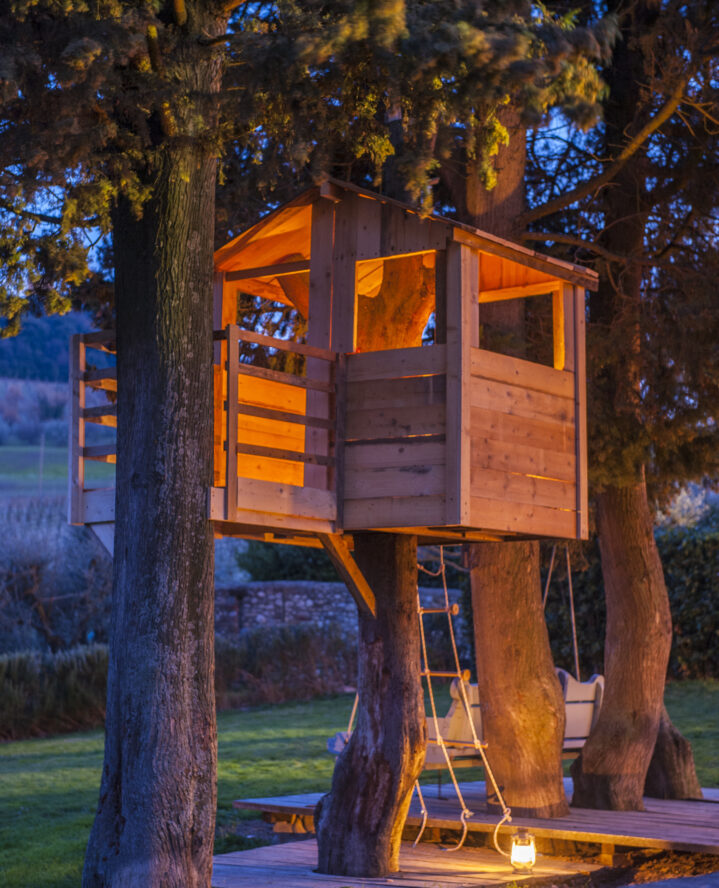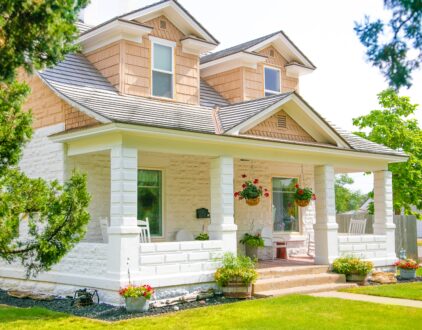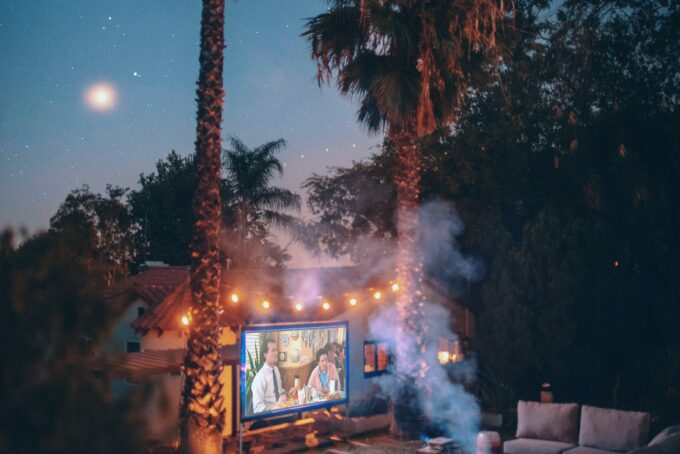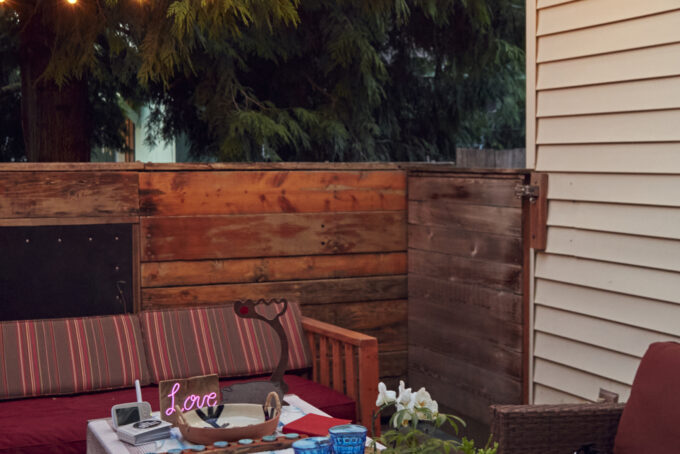If you were a kid who always dreamt of building a treehouse and finally have a backyard of your own with the perfect tree, it’s about time you made your wish a reality, even if it’s for your little ones! Movies like The Sandlot and Step Brothers show all the fun you can experience inside them, but what does it take actually to DIY one? Here are some things to think about before you get to it.

But First . . . Treehouses Aren’t Just for Kids
While you can absolutely build a treehouse to encourage your kids to embrace playing outdoors, they don’t have to just be for them. Think of it as a fun addition that you can retreat to to sip wine or hot cocoa, meditate or just hang out and stargaze. If you really want to go all out, you can customize and modernize your treehouse with comfortable seating, cozy lighting, and even a small kitchenette for a truly adult-friendly experience.
Choosing the Right Tree
Selecting the ideal tree is the “foundation” of a successful treehouse project. Here’s what you need to consider.
Tree Health
Before you start hammering away, make sure that your chosen tree is not just any tree but a healthy and thriving one. A strong, robust tree is essential for safety and longevity. Inspect the tree for signs of disease, dead branches, or any other issues that might compromise its structural integrity. Consulting an arborist can be a wise move to get a professional opinion on the tree’s health.
Tree Species
Different tree species have varying characteristics that can affect your treehouse project. Oak and maple trees are sturdy options, known for their strength and durability. Cedar, on the other hand, is famous for their resistance to decay and insects. Consider the specific qualities of the tree species in your area and choose one that aligns with your design and safety preferences.
Permits and Regulations
You’d think if it’s your property, you should be able to do whatever you want on it. But, just like building a tiny home or backhouse, there are rules to follow.

Local Regulations
Before you ascend into the treetops, check with your local authorities to understand the zoning laws and regulations related to treehouses. You may need a permit, and there might be specific height restrictions or setback requirements. Failure to comply with local regulations can lead to pretty harsh fines and the potential dismantling of your treehouse—and nothing would crush a childhood dream more than to tear down your gorgeous treehouse.
Neighbors’ Approval
A harmonious neighborhood is a happy one. Depending on where you’re thinking about building, consider your neighbors’ perspectives and if it obstructs their views from their property, you may want to talk to them about your project first.
Design and Safety
Another way your treehouse dreams can turn into a nightmare is if it crumbles. Avoid a potential disaster with these tips.
Solid Foundation
A sturdy foundation is the backbone of any safe and durable treehouse. Use strong support beams to distribute the weight evenly across the tree limbs. Consider using heavy-duty lag bolts or treehouse attachment bolts (TABs) to secure your support system to the tree.
Safety Railings
Don’t let safety take a backseat. Install safety railings around your treehouse platform to prevent accidents. The height and design of the railings should comply with safety standards in your area. Be sure to use quality materials and secure them properly to ensure that they can withstand the test of time and weather.
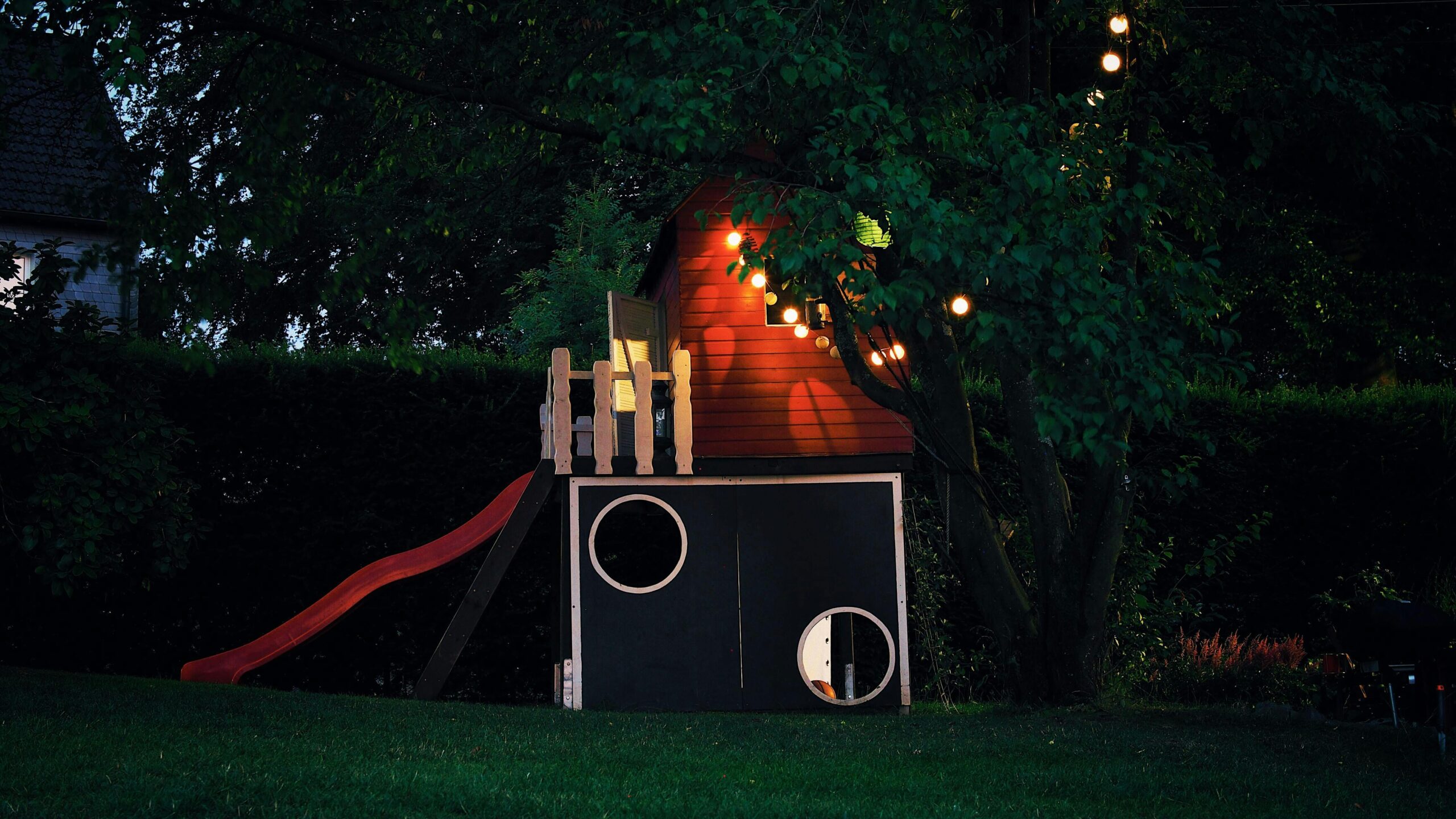
Building Materials
Choosing the right materials isn’t just for aesthetics, it’s also to make sure it lasts.
Weather-Resistant Wood
You’ll definitely want weather-resistant wood, such as pressure-treated lumber or cedar, to protect your treehouse from the elements. These materials are less susceptible to rot, insects, and decay so that your treehouse stays safe and enjoyable.
Roofing
Consider a weatherproof roofing material like metal or shingles to keep your treehouse dry during rain. A well-constructed roof will keep you dry of course, but also prolong the lifespan of your treehouse structure. Make sure to also install good drainage to prevent water from pooling on the roof!
Maintenance
Your treehouse adventure doesn’t end once it’s built. Proper maintenance is important for preserving it.
Regular Inspections
Schedule regular inspections to check for wear and tear, ensuring your treehouse remains safe and secure. Look for any signs of wood decay, loose fasteners, or structural issues.
Proper Cleaning
Keep your treehouse clean to prevent mold and rot. Remove debris, leaves, and dirt from the roof and platform regularly. Inspect the treehouse for signs of algae or moss growth, especially in shaded areas.
popular posts
- 1It’s Black Business Month, So Let’s Go Shopping and #BuyBlack!
- 2These Home Decor Items Will Instantly Make Your Space Look Outdated
- 3Black-Owned Home Decor Stores To Support Across the United States
- 4A Look Inside Elon Musk's Tiny $50,000 House
- 57 Black and Multicultural Designers To Follow For Design Inspo
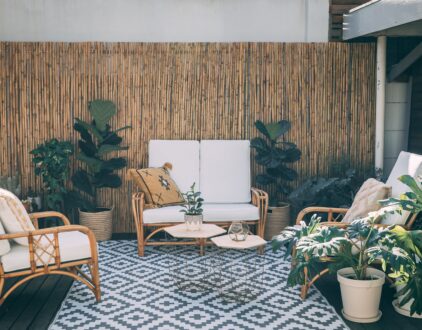
Up to 15% Off: 4 Best Patio Furniture Finds
by Stephanie Taylor | January 18, 2023

These Outdoor Kitchen Ideas Will Make Dining Al Fresco A Treat
by homeandtexture | February 27, 2023
Spaces
Whether it’s luxury or ease, every area of your home should be as fabulous and unique as you.
FOLLOW ALONG ON INSTAGRAM
#homeandtexture
Find us on social for more home inspiration where culture, personal style, and sophisticated shopping intersect to help you create a home where you love to live.
